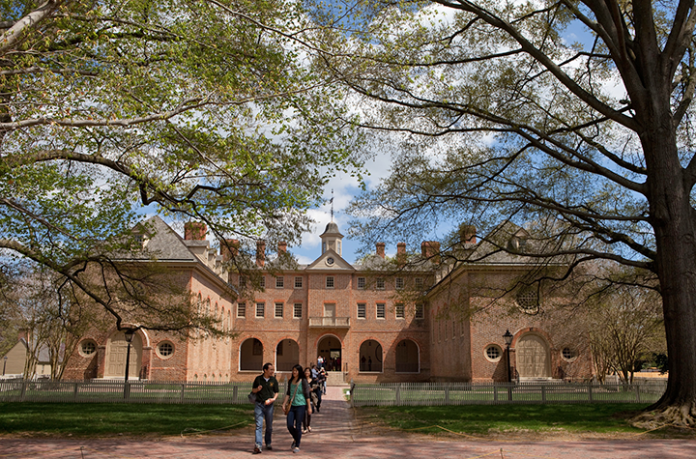The College of William and Mary is currently facing a shortage of resident assistants in on-campus housing for the fall 2020 semester. This shortage is one of the many difficulties the College has faced in response to the COVID-19 pandemic.
In April 2020, the College announced a hiring freeze across campus for the remainder of the fiscal year. The College’s Communications Specialist Nathan Warters explained that the hiring freeze was part of the College’s efforts to minimize long-term fiscal deficits due to the pandemic.
“The university has instituted a hiring freeze, filling only positions that are required to maintain continuity of operations,” Warters said in a statement with William & Mary News and Media.
In particular, the hiring freeze affected Residence Life as the College faced not only staffing complications due to the hiring freeze, but also had to deal with previously selected RAs choosing to remain remote for the fall 2020 semester.
Assistant Director for Residence Life Taylor Locks explained that the campus only has 120 RAs on campus this year, as opposed to 134 and 137 in prior years. Even though the shortage of staff is evident, it is important to note that the College has fewer students as well.
“We continue to assess staffing levels across campus based on our occupancy rates and residential needs. Our residence halls are currently at approximately 72% occupancy and our current staffing level is at 88%. We will continue to monitor our occupancy rates across campus and apply for a waiver to the hiring freeze as appropriate.”
“We continue to assess staffing levels across campus based on our occupancy rates and residential needs,” Locks said in a written statement. “Our residence halls are currently at approximately 72% occupancy and our current staffing level is at 88%. We will continue to monitor our occupancy rates across campus and apply for a waiver to the hiring freeze as appropriate.”
The RA shortage has left a number of halls and students with untraditional RA arrangements. This can be seen in halls like DuPont and Yates, where many students have an RA who lives multiple floors above them.
Katherine Glynn ’24 spoke about the experience of living on a floor without an RA.
“All the people in my hall do a good job of maintaining COVID regulations in the residence halls by themselves even though our RA doesn’t live on our floor.” Glynn said.
Tsion Hagos ’21 was an RA for Taliaferro Hall during the 2019-20 school year. Hagos served as one of two RAs in her building and had around 20 freshman residents in her hall. She explained that the RAs for the fall 2020 semester were hired before the hiring freeze, and the shortage occurred because many RAs, like other students, elected to complete the semester virtually.
Hagos spoke on potential difficulties current RAs may be facing, and how the shortage could affect community development within the residence halls.
“I think there could be a certain level of pressure, especially if you are a freshman RA,” Hagos said. “As a freshman RA you are meant to take a lot of time to get to know your residents and foster a sense of community, and if your residents are split between two halls that could be a bit of an issue.”
However, Hagos did note that because of COVID-19 restrictions, RAs are not allowed to do many of the in-person activities that they normally organize. Having two separate floors would be more challenging if there were more in-person activities; however, those activities cannot happen now anyway.

